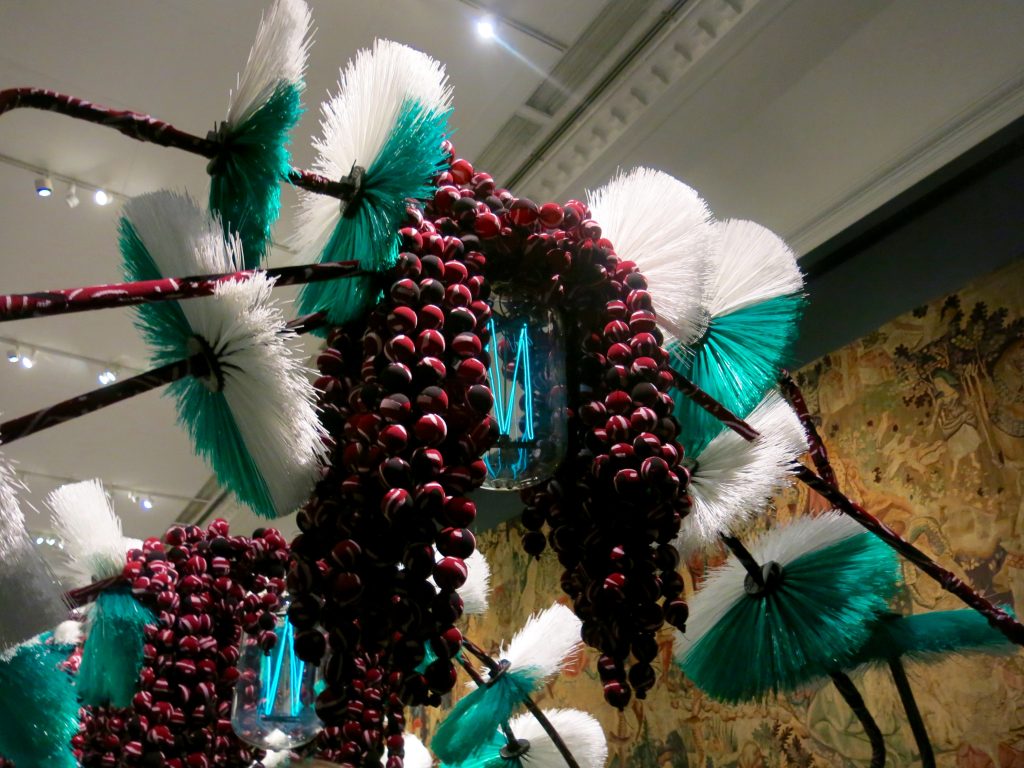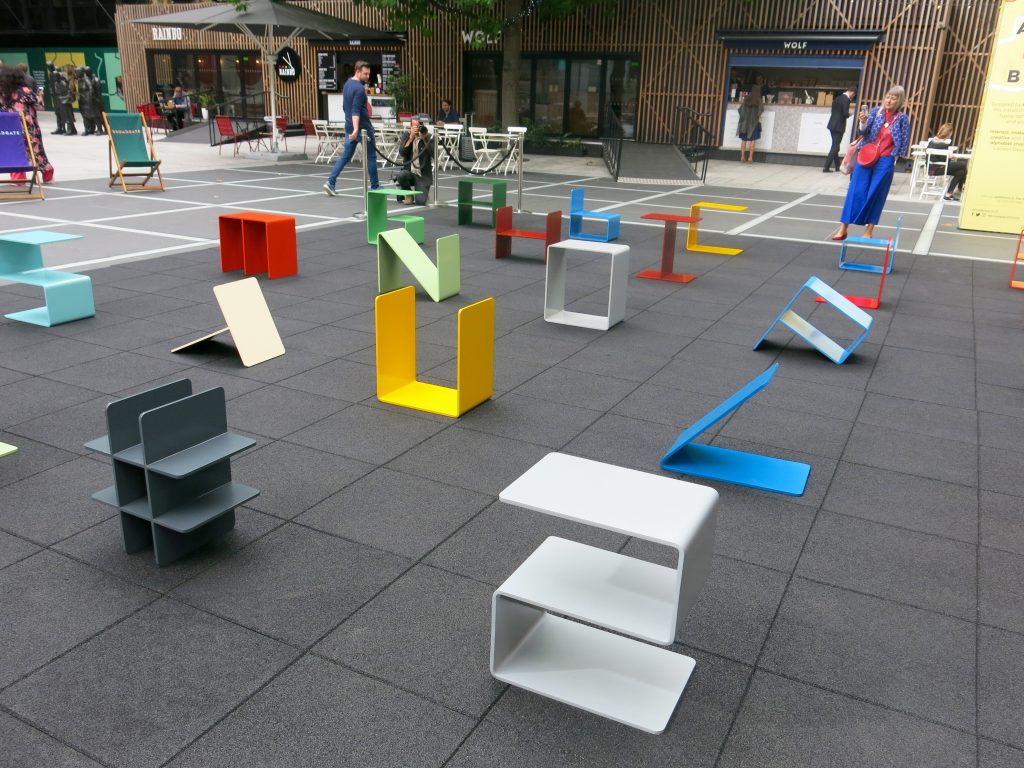Highlights from the London Design Festival 2018
From a tunnel of onions to prismatic plexiglass and other visual wonders

“One in six Londoners work in the creative industries,” reveals Ben Evans, who just happens to be one of the reasons the city’s creative economy is in such good shape. In 2003, Evans and Sir John Sorrell founded the London Design Festival (LDF), and since, it’s become one of the most eagerly anticipated annual design events around the world. As LDF kicks off this year, one component that’s most striking is how truly international it feels now, with a number of global names showcasing newly-commissioned pieces all over the city—and the fact that people can enjoy these without having to visit galleries or pay entry fees.
For Evans, that’s the whole point. “We’re really reaching out to the largest possible public audience, to get them to pause, think and say: ‘Oh actually, I haven’t really looked at it that way before,’” he says. “I think we all have an interest in design, even if we don’t know it. You have hundreds of different design experiences each day, but you only really notice them if they’re bad or good. If we can get people to pause and think, even just for a moment, and remember it even just the next day, then bingo! We’ve achieved something.”

With all the energy in the air and plenty of new design districts to discover, this year’s LDF feels more vibrant than ever. But it’s also the last edition of the festival before Brexit hits the UK at the end of March next year. In the creative industries, there’s a lot of uncertainty. As well as being LDF’s director, Evans holds an advisory position with the London Mayor’s office and says they talk about Brexit “Endlessly, as you can imagine. What we’re interested in is the prosperity of not just the design center, but the creative economy. We’ve got the biggest creative economy in the world, and will we have that afterwards? We don’t know.”
As Evans points out, there are plenty of cities that would love to become the next creative epicenter—he mentions Berlin and Lisbon—but it’s hard to imagine London’s creative forces giving up the design crown without a fight. “That’s why events like the festival are important,” he adds. “It’s mirroring the Mayor of London’s campaign ‘London is Open,’ telling people: ‘You’re still welcome! You can still come here, and there’s lots of great things happening here.’” Looking at the program for LDF 2018, you’d have to agree. There are innumerable things to see and do during the nine days that the festival is on., you’ll find our favorites among this year’s installations.

MultiPly
At the entrance to the Victoria & Albert Museum, in the new Sackler Courtyard, stands MultiPly, an impressive, climbable maze-like structure by Waugh Thistleton Architects and Arup. It was made in collaboration with the American Hardwood Export Council (AHEC), who have worked with the V&A on art projects for years. AHEC’s European Director, David Venables says: “The idea behind MultiPly was to draw attention to serious issues, like housing shortage and climate change, in a fun way.” The structure is made of reusable and recyclable tulipwood, and consists of CLT panels that are easy to dismantle and reuse. It can also be flat-packed and put together in different shapes—like a very luxurious children’s toy set. At night the structure is illuminated, bringing a nice, pagan vibe to the modern courtyard.

The Onion Farm
Inside the V&A you’ll find a number of mind-bending installations, including Henrik Vibskov’s “The Onion Farm.” The sculpture is a tunnel of “onions,” made out of fabric, set inside the V&A’s Tapestry Galleries. “Because the room has to be kept dark, I thought it would be interesting to do something that actually was growing in the dark, and I started looking into what kind of things grow in the dark—mushrooms and onions. I also looked into vertical farming, and how we grow things now if we have to feed the whole world… I thought it could be a work that reflects our time, how we farm nowadays,” Vibskov explains. The artist and fashion designer was also inspired by biodynamic farming—including when farmers talk or sing to the plants—so when you walk through his onion tunnel, sensors underneath its lamps makes it play either classical compositions or more ambient music as you pass. Visitors are encouraged to interact with the visually-stunning piece.

Memory & Light
A quote by Estonian composer Arvo Pärt inspired the “Memory & Light” installation: “I could compare my music to white light, which contains all colors. Only a prism can divide the colors and make them appear; this prism could be the spirit of the listener.” Together with Arup, Pärt has created a tailor-made installation for the V&A’s Norfolk House Music room, a beautiful 18th-century room decorated with gilded stucco that’s usually one of the most popular rooms to host installations during LDF. A screen made of rainbow-colored Perspex (plexiglass) represents the prism, as music fills the room and visitors can listen to Pärt’s words in headphones while lounging on a leather listening bench. It’s a welcome break from LDF madness.

Alphabet
One of the installations in the city itself, Alphabet is by graphic design duo Kellenberger-White. The piece turns their fascination for fonts into an IRL alphabet—26 letters that form chairs have been placed in Finsbury Avenue Square, and have already been put to use for Instagram photos by the area’s office workers. The chairs are painted in colors normally used for industrial metalwork, so while one is the color of the Golden Gate Bridge, another is the hue of the Transporter Bridge in Middlesbrough. Kellenberger-White’s fun, irreverent take on typography has proved so popular, people have already tried to walk away with the chairs.
London Design Festival is on 15-23 September.
Images by Cajsa Carlson












